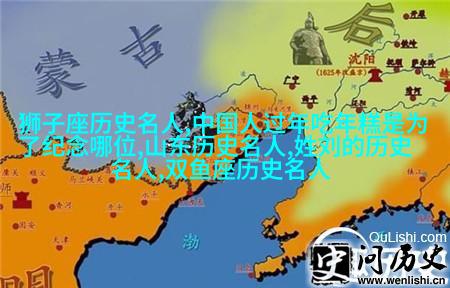
明朝历史用英语怎么翻译Unwrapping the Past How to Translate Mi
Unwrapping the Past: How to Translate Ming Dynasty History into English

When it comes to exploring the rich tapestry of Chinese history, one era that stands out is the Ming dynasty. Ruling from 1368 to 1644, this period saw significant advancements in art, literature, technology, and governance. However, for those who don't speak Mandarin or aren't familiar with Chinese characters, understanding Ming history can be a daunting task.
One solution is to translate key texts and documents into English. But how do you go about doing this? The process involves more than just swapping out characters for words – it requires an intimate understanding of cultural nuances and historical context.

The first step in translating Ming dynasty history into English is to identify primary sources. These can range from official histories like "Mingshi" (the Official History of the Ming Dynasty) to private diaries and letters penned by ordinary citizens. Once you've gathered your materials, it's time to dive in.
Translation requires not only linguistic proficiency but also a deep knowledge of historical events and cultural references. For instance, what might seem like an innocuous phrase in English could have profound implications when translated back into Chinese. It's crucial to ensure that your translation accurately conveys both meaning and tone.

To achieve this level of accuracy requires patience and practice. One approach is to work with native speakers who are well-versed in both languages as well as their respective cultures. Collaborating with experts ensures that even the most subtle details are captured during translation.
Another way is through digital tools designed specifically for language translation tasks such as Google Translate or DeepL which provide machine translations based on data algorithms trained on vast amounts of text from different languages including Chinese-English pairs but keep in mind these tools may not always get everything right so it's important cross-checking them against other resources especially when dealing with complex material like ancient texts or formal documents where context matters greatly

In conclusion translating Ming dynasty history into English offers a fascinating glimpse at China's past while providing valuable insights for historians researchers students scholars anyone interested learning about another culture Whether using human translators machine tools or a combination both approaches offer unique benefits each has its own strengths weaknesses Therefore consider all options carefully before embarking on your journey through time



